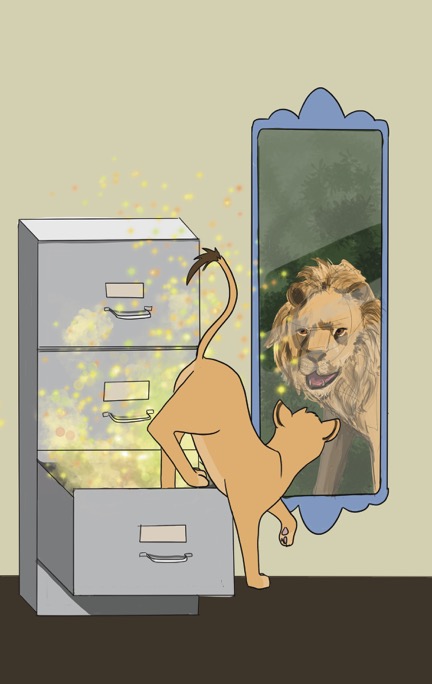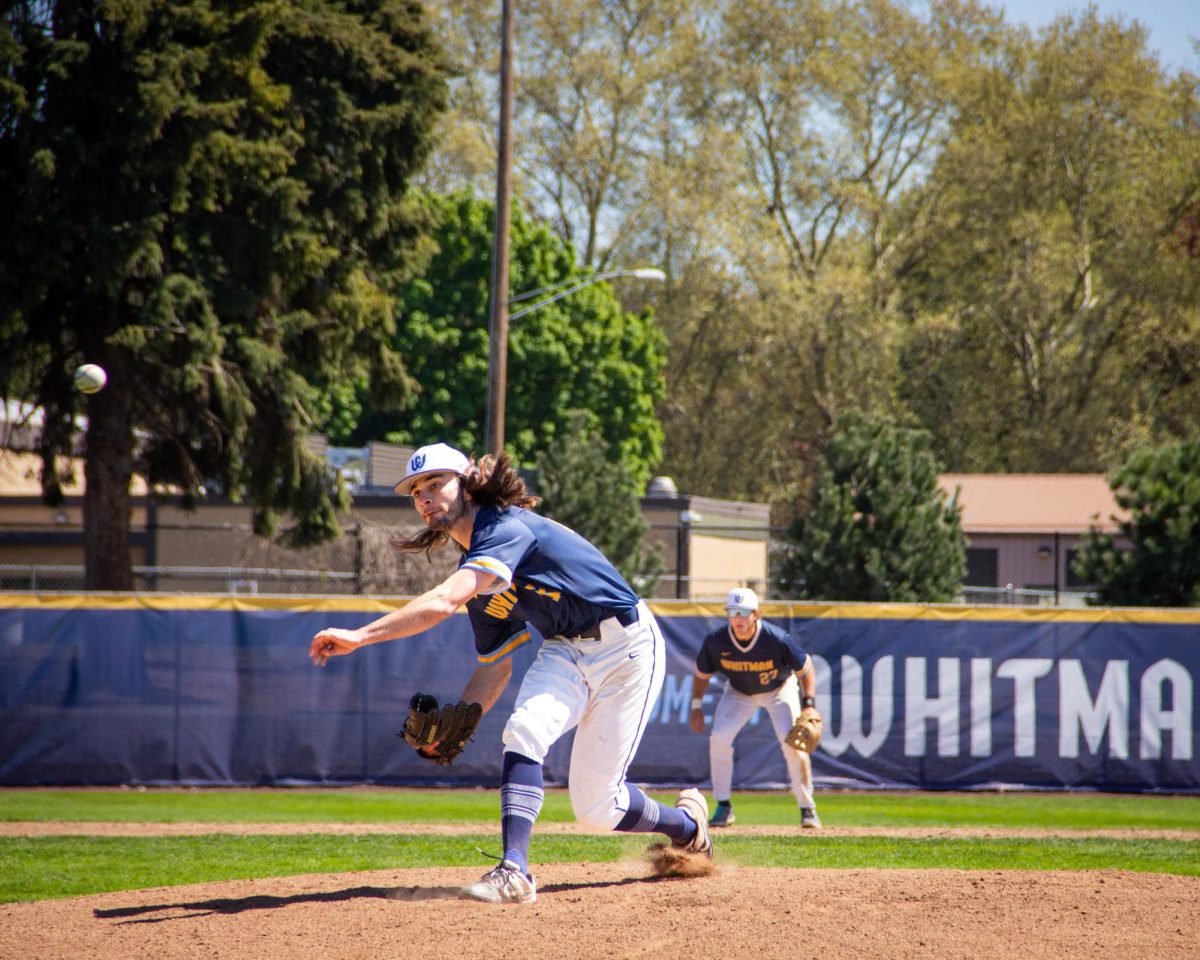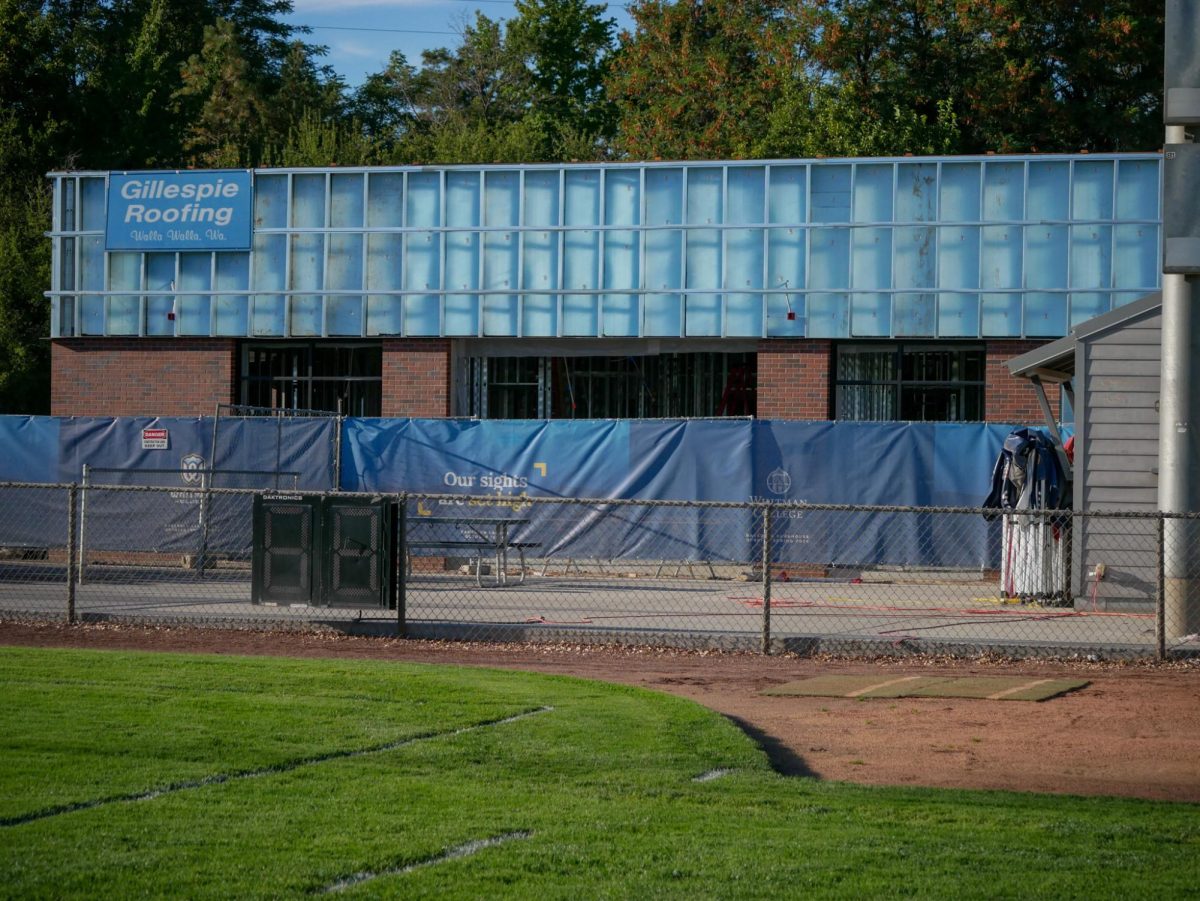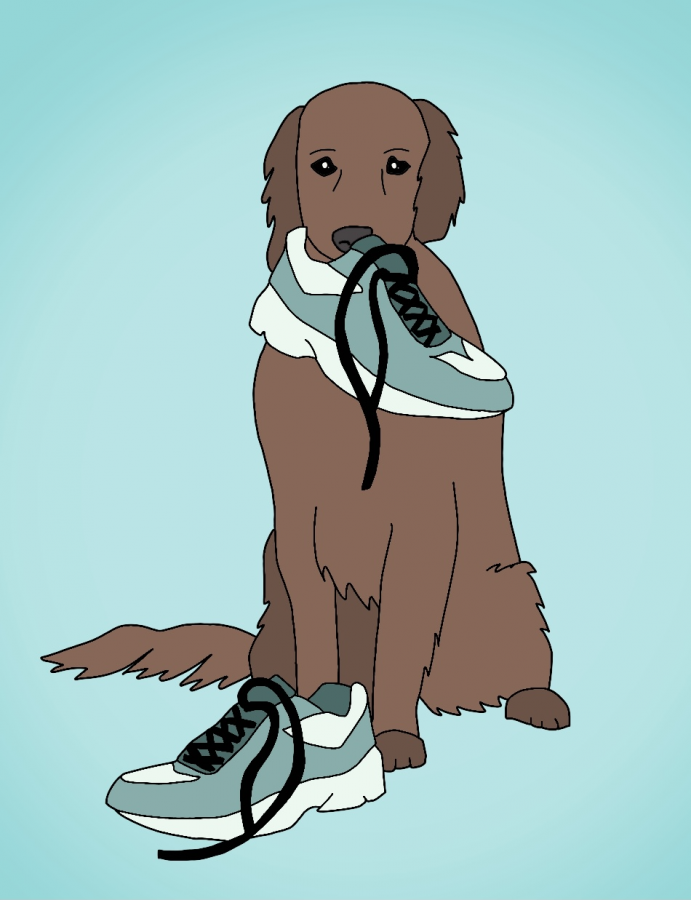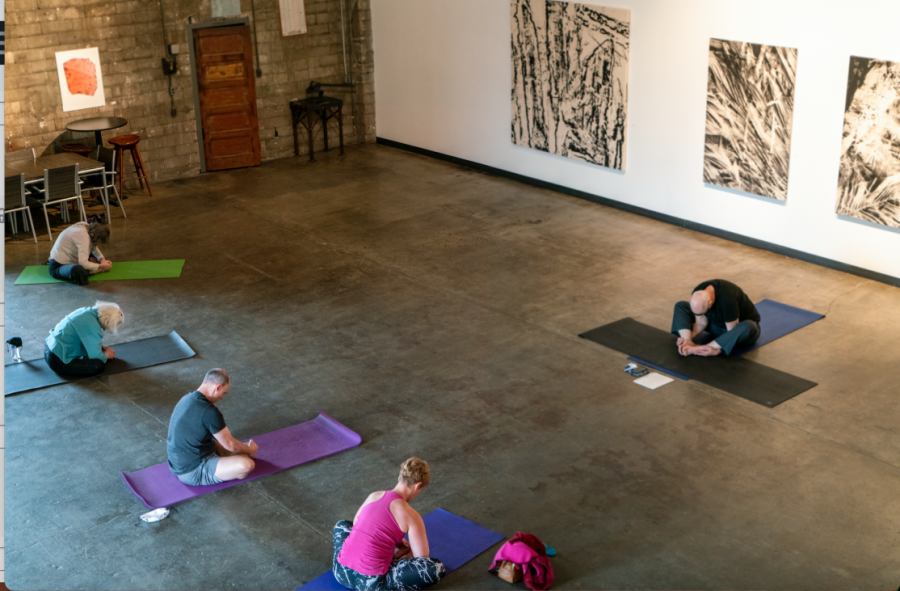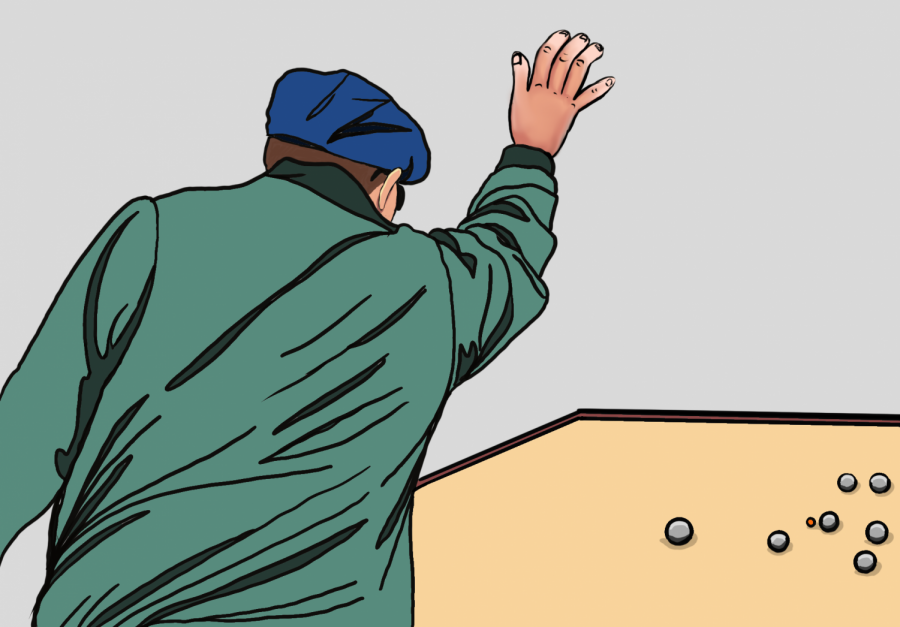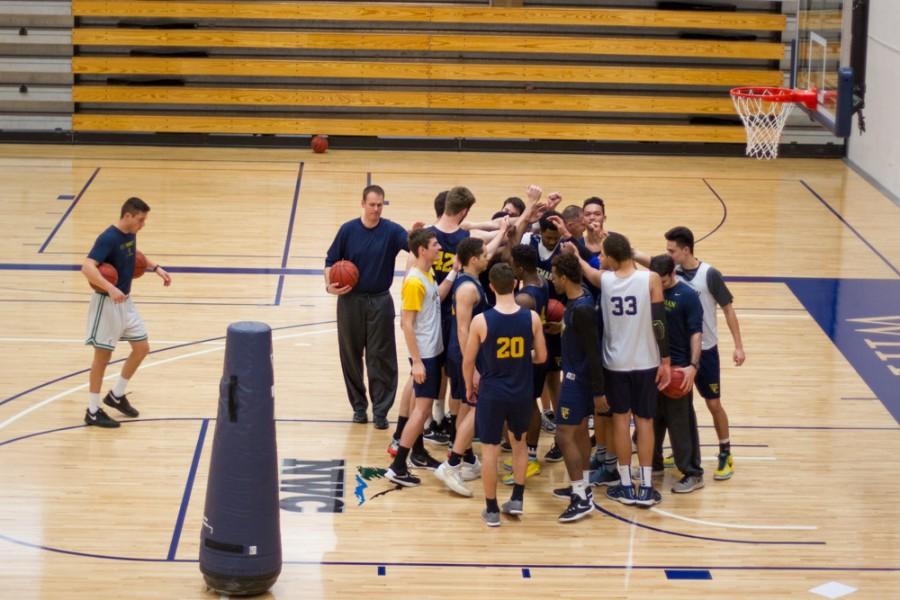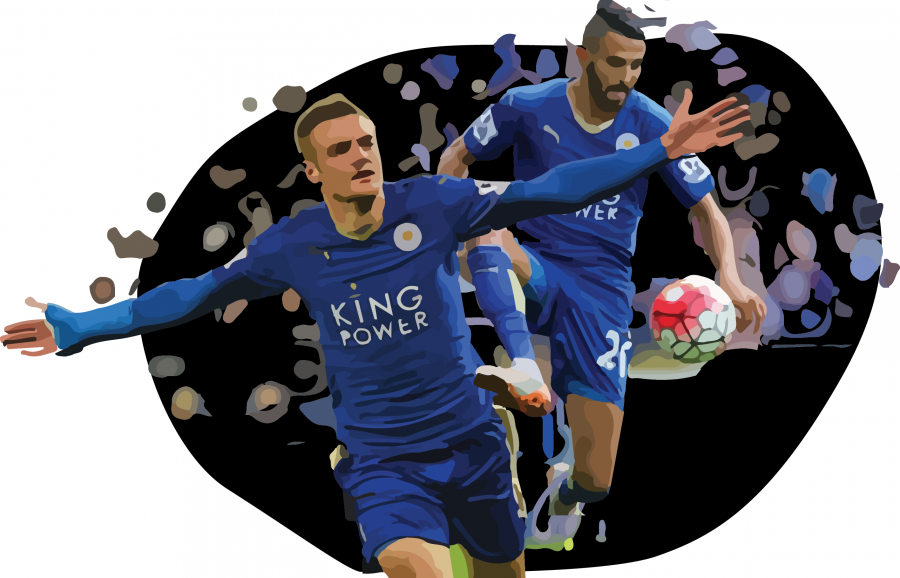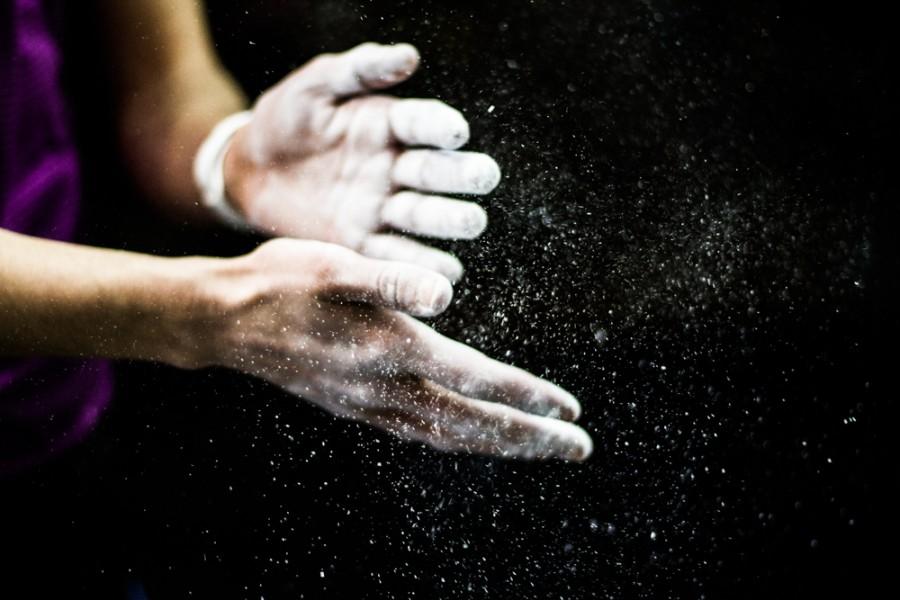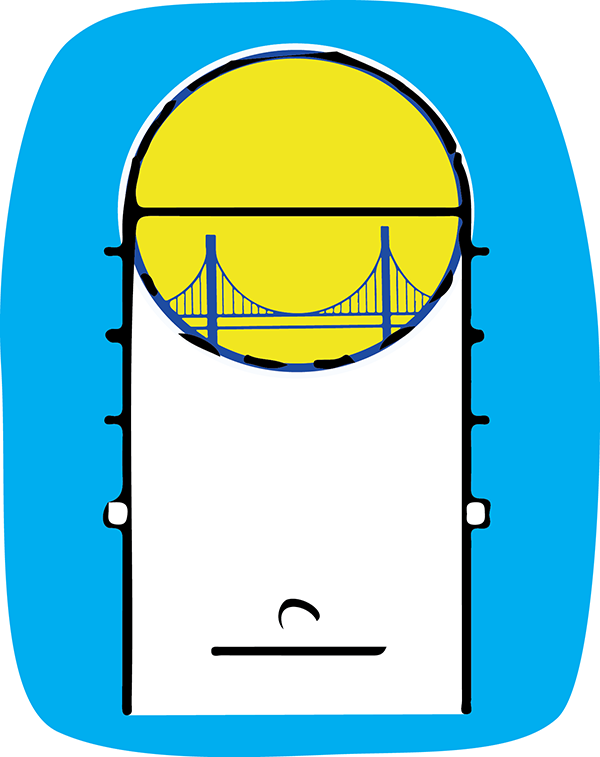While summer vacation is a time for rest and relaxation, athletes also use the time to work on their craft. Sophomores Katrina Allick and Jenna Dobrin (tennis), Robert Maislin (baseball) and Brennan Johnson (Ultimate) came into this summer fresh off their first year of college athletics with their eyes set on coming back stronger next year. They checked in over the middle of the summer to give a look into what college athletes do to prepare for the coming year.
Regroup and Refocus
This column was contributed by Jenna Dobrin and Katrina Allick ’16.
Coming into the season as a couple of first-years, Katrina and I did not totally know what to expect from our tennis experience. However, as roommates, friends and two members of the Whitman women’s tennis team, we ended up having a phenomenal time on and off the court. From blasting Beyoncé at practice to doing a fast-paced “Insanity” workout created by our assistant coach, to team dinners at the Glover Alston Center (GAC), to capturing the conference champion title and earning a spot in the National Collegiate Athletic Association (NCAA) tournament in California, we were ecstatic to be a part of such a special group.
At the NCAAs, one of our fondest memories was the on-court atmosphere––a chair umpire sat on each court, calling out our scores and making line calls, just like we see on TV when we watch the pros. This made us feel as though our hard work during the season paid off –– the extra time spent in the gym, the suicide runs after practice. Though we could not be happier for what we achieved, we wish we could’ve remained in the tournament a little longer and had the chair umpires for another day or two; we were hungry to keep competing in the next round of the tournament. However, after the initial sting faded and we reflected on our season the first round loss at nationals further motivated us to want to improve, to put in the extra work to get where we want to be, to feel like professionals as the chair umpire announces our scores.
And the perfect time to put in the work that will get us there is the summer, a time to regroup and refocus.

In the summer, we jump into a more detailed routine of on- and off-court work that we may have not had as much time to devote to during our busy regular season. As tennis players, we are most intent on improving explosive and lateral movement, core, endurance and leg strength. To do so, we use a variety of exercises such as P90x’s Plyometrics, hill runs finishing with sets of planks, pushups or other core exercises, lifting (targeting arms and legs) and cardio in the gym. It can be a grind, but using all these exercises helps keep the workouts from getting monotonous.
As for on-court work, we keep our games sharp by finding consistent hitting partners and attending group clinics, in which we focus on hitting, volleys, serve and match preparation drills. We also look to get in some private lessons with our respective home coaches so we can focus on fine-tuning technical skills. Both of us are looking to further improve our backhands, so we will have our coaches break it down, give us technical tips on how to make adjustments and then feed us a basket of balls to work the stroke until our hands get blistered.
Finally, if the opportunity presents itself, we will also play in a few individual tournaments to practice playing under pressure and incorporate the work we have done in practice in a more formal setting. There are usually tournaments in our areas where college players can participate so we definitely look to capitalize on getting some competitive tennis into our summer programs.
We believe that putting in as much work as possible over the summer will pay dividends going into the fall and spring season. The feeling we experienced at NCAAs after hearing that chair umpire announce our names in their microphones is one we would love to experience again, and this makes us hungry to work towards that feeling every day.
Pushing Past Pain
This column was written by Robert Maislin ’16.
Going into my freshman year, I didn’t know what to expect of my first college baseball season at Whitman. I expected a step up in competition, more traveling and to have freshman responsibilities to take care of.
However, there were a few things I did not foresee. The season felt longer than I expected and the team had a quicker turnaround than I thought possible. The season was a lot of fun and it was fun to be a part of a team with an improving record. Looking back on the year I decided that the best way I could help the team was to figure out how to avoid tiring my pitching arm towards the end of the year. I set out to find the best place to make that happen.
This summer, I worked out at Ron Wolforth’s Texas Baseball Ranch in Montgomery, Texas. Towards the end of the season I had started experiencing tenderness in the back of my shoulder, so I wanted to recover and prevent future soreness. I had been to the Texas Baseball Ranch before and knew that it focused on pitching mechanics and teaching pitchers to throw using movement patterns that take the stress away from the fragile parts of the arm––mainly the elbow and shoulder––so it was the perfect place for me to be this summer.
When I got to the ranch, the first thing Coach Wolforth did was videotape me to see what my mechanical flaw was. He explained to me that I had a problem with my distal humerus and that my arm was acting independently from my spine, which put extra strain on my rotator cuff. I was given several drills to improve my movement pattern.
Coach Wolforth gave me a full rehab program to correct my throwing motion. I understood that this would be a lengthy process of at least three weeks, but I thought it would be worth it. My rehab started with drills that would isolate my throwing motion using “connection balls” which are put in the location where your motion needs help on your arm to make you break your current habit. I did not throw without the help of the connection balls for two straight weeks. It got pretty frustrating not being able to throw normally, but it was all part of the process. After the two weeks ended, I started the process of “blending,” in which I threw unassisted by the connection balls, teaching my arm the movement pattern on its own. I am currently at the blending stage in my rehab.

Over the remainder of the next two weeks I hope to finish my rehab. The rest of my summer will consist of participating in plenty of throwing exercises. With the extra throwing, I hope to start increasing my arm strength and stamina, as well as my off-speed pitches. The purpose of attending the camp is to treat all arm pain and allow yourself to push your arm harder than before. If you do this, you can be confident your arm isn’t going to get hurt.
With my new throwing motion, I plan on going back to school, avoiding any arm pain in the future and allowing myself to throw more than ever. I hope that all of the work I have put in during the offseason will allow me to perform better on the field and so help the team to improve upon our previous campaign and finish atop the Northwest Conference standings at the end of next spring.
Sweet Sweet Summer
This column was written by Brennan Johnson ’16
There’s something peaceful and meditative about carrying a handful of discs out to Harper Joy Field, throwing one at a time, walking across the field under the pink and orange sunset to pick them up, throwing them again, re-walking the length of the field…
There’s also something fairly pathetic about it. As a Whitman Sweets Frisbee player staying in Walla Walla for the summer, finding large games and passionate competitors is a tall order. Don’t get me wrong: The community, particularly Whitties here for the summer, comes together twice a week for small but enjoyable pick up games and often a few of us meet up to throw around. In reality, the Frisbee scene here for these three months could be significantly worse. More than anything, the lack of disc-related opportunities is simply a reflection of the sport’s lack of recognition across the country.
Lack of recognition is the proper phrase here, I think, because where Frisbee is recognized, it thrives. Although the sport is gaining steady popularity across the nation, its following remains confined largely to certain ages and certain cities. Most of us who play the sport in America are somewhere between 15 and 35 years old and generally live in cities like Seattle, San Francisco, Minneapolis, Boulder, Boston or Raleigh. Within this demographic, in these cities, the Ultimate Frisbee community is vibrant and passionate. In my hometown––Minnesota’s Twin Cities––most high schools have their own team.
For those living in such regions for the summer, finding a team for which to play is relatively easy. Had I gone home after graduation, I would have had my choice between numerous different club teams, comprised largely of college players and those recently out of college. Club Frisbee is the norm for those seeking to play in the summer, drawing athletes of all skill levels.
For the past two years, for example, I was fortunate enough to play for Minnesota’s Youth Club Championships (YYC) co-ed team. Each summer, the Frisbee-loving regions of the country put together a few teams––an Under (U) 19 male team, a U16 male team, a U19 female team and a U19 co-ed team––and send them to Minnesota for the national championships. Playing against the nation’s top youth talent was a thrilling opportunity––just ask Whitman’s own Ari Lozano ’16, Elissa Picozzi ’16 (both won last year’s Girls’ Division Championship playing for Seattle), Brenna “Foofer” Bailey ’16, Julia Bladin ’15, Kate “Big-flirt” Benjamin ’14, Alex “Honeysmang” Honeyman ’16 and Ben “Ben Harris” Harris ’14.

This summer, however, I am both too old and too far away for YCC. I, along with fellow Sweets Allison Work ’15, Grady Olson ’14, Walker Larson ’14, Celine Valentin ’14, Cathryn Klusmeier ’14 and all-star chaperone/Admission Officer Sadie Nott are left to spend our Walla Walla summer playing pick-up, throwing around in the evening once the oppressive heat fades away, hitting the gym and dreaming about the upcoming season. Yet this semi-hiatus from our favorite sport isn’t all bad. Just as the break from the year’s Encounters reading has allowed me not to become burnt out on the pursuit of knowledge, a break from daily Frisbee has allowed me to realize just how much I miss it and just how much I want to play again. The break has been peaceful; the break has been meditative. After all, it’s summer.





